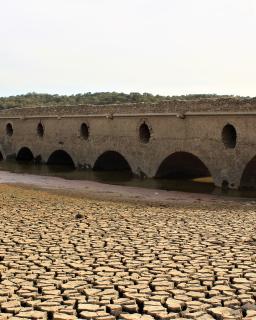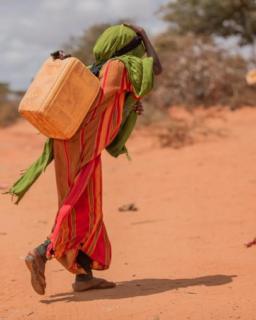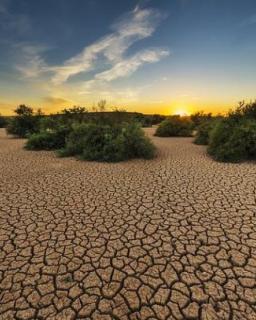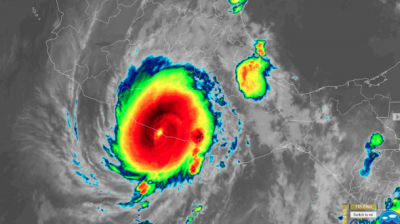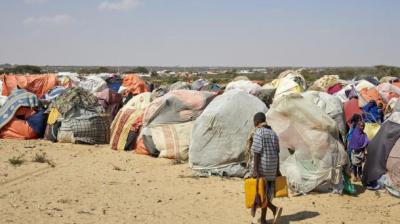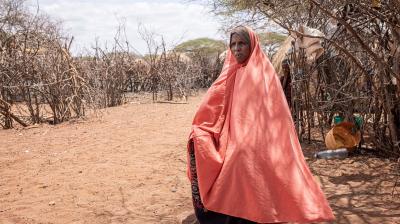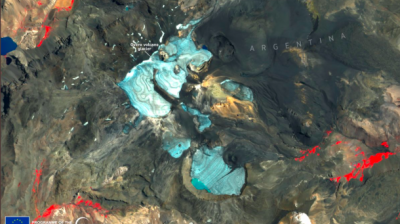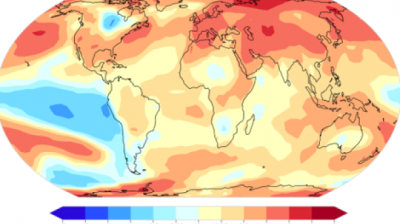
Drought
Drought is a prolonged dry period in the natural climate cycle that can occur anywhere in the world. It is typically a slow on-set phenomenon caused by a lack of rainfall.
It has a major impact on food security, health and population displacement and migration.
Overview
The impacts of droughts can be as varied as the causes of droughts. They can be devastating and costly, affecting society, agriculture and food security, hydropower generation, infrastructure, the economy, and ecosystems.
Droughts are a normal part of the climate, and they can occur in any environment worldwide, even in deserts and rainforests.
Droughts are one of the costliest natural hazards year-to-year and can affect many economic sectors and people anytime. The areas affected by droughts are typically larger than those for other hazards.
No other hazard lends itself so well to monitoring because the slow onset of droughts allows time to observe changes in precipitation, temperature and the overall status of surface water and groundwater supplies in a region. Droughts can be characterized by their severity, location, duration and timing.
Impact
Drought has always been a part of the natural variability of our climate. Climate change increasingly puts pressure on food production and access, especially in vulnerable regions, and undermines food security and nutrition. The increase in the frequency, intensity, and duration of droughts will increase risks to food security, according to the Sixth Assessment Report of the Intergovernmental Panel on Climate Change (IPCC).
Between 1970 and 2019 drought caused approximately 650,000 deaths. Poverty and poor land use can increase vulnerability to drought and intensify their impact. Atlas of Mortality and Economic Losses from Weather, Climate and Water Extremes (WMO, 2019).
WMO's response
The Integrated Drought Management Programme (IDMP) is a joint initiative between WMO and the Global Water Partnership (GWP).
The IDMP works with over 45 partners to support countries and states, by providing them with policy and management guidance for handing droughts.
The IDMP also shares best practice and expert knowledge, for better integrated drought management.


